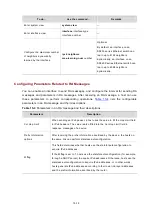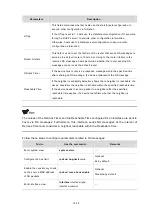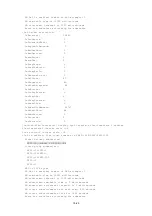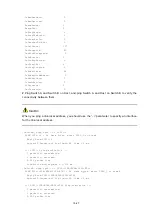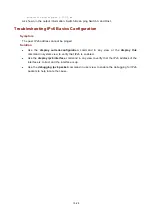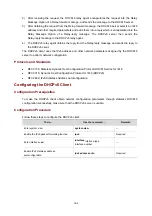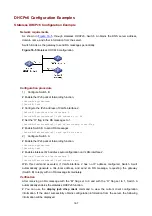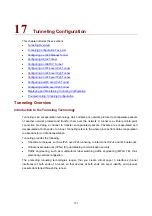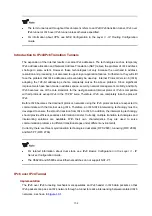
16-1
16
DHCPv6 Configuration
This chapter includes these sections:
z
z
z
Configuring the DHCPv6 Relay Agent
z
Displaying and Maintaining DHCPv6
z
DHCPv6 Configuration Overview
The Dynamic Host Configuration Protocol for IPv6 (DHCPv6) is used to assign IPv6 addresses and
other configuration parameters to hosts.
Compared with other IPv6 address allocation methods (such as manual configuration and stateless
address autoconfiguration), DHCPv6 can:
z
Record addresses assigned to hosts and assign addresses to specific hosts, thus facilitating
network management.
z
Assign configuration parameters to hosts, such as a DNS server address and domain name.
Basic Concepts
Multicast address for all DHCPv6 servers and relay agents
The multicast address FF02::1:2 identifies all DHCPv6 servers and relay agents on the local link.
DUID
A DHCP unique identifier (DUID) uniquely identifies a DHCPv6 device (DHCPv6 client, relay agent, or
server), and is used for authentication between DHCPv6 devices.
Currently, a DUID based on link-layer address (DUID-LL) (defined in RFC 3315) is used to identify a
DHCPv6 device. The DUID-LL format is shown in
z
DUID type: The value 0x0003 indicates that the DUID type is DUID-LL.
z
Hardware type: The device supports Ethernet as the hardware type with the value of 0x0001.
z
Link layer address: Its value is the bridge MAC address of the device.
Figure 16-1
Format of DUID-LL

